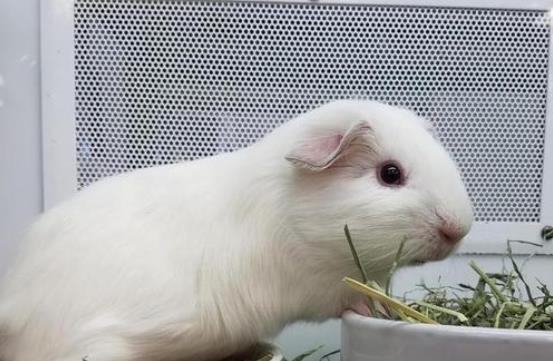According to research findings, the Roborovski hamster (commonly known as the "Grandpa Hamster") is the longest-lived species among pet hamsters. Here’s a detailed analysis:

1. Key Species Data
Average Lifespan: 3–3.5 years, with healthy male individuals potentially living up to 4 years.
Physical Traits: The smallest in size (5–7 cm), featuring light yellow fur with white whiskers and eyebrows. They have a gentle temperament but are easily startled.
Reasons for Longevity: Likely linked to their low metabolic needs and genetic characteristics.
2. Comparison with Other Long-Lived Species
Black-Bellied Hamster: A wild, endangered species with an average lifespan of 8 years. However, they are hard to tame and large in size (20–34 cm), making them unsuitable for home keeping.
Syrian Hamster (Golden Hamster): Lives 2.5–3.5 years, suitable for beginners but with a strong biting force.
Golden Hamster: Some individuals live beyond 4 years, though such cases are not well-documented.
3. Key Factors for Extending Lifespan
Diet Management: Focus on specialized hamster food and avoid high-sugar or high-salt human foods.
Environmental Optimization: Maintain a temperature of 20–28°C, and provide a running wheel and hiding spaces.
Health Monitoring: Senior hamsters (after 1.5 years of age) need regular checks on their teeth and coat condition.
4. Considerations
Gender Differences: Male hamsters generally live longer than females, and females that have reproduced show a more significant reduction in lifespan.
Extreme Cases: A few hamsters (dubbed "longevity stars") have lived to 5 years through scientific care, but such instances are rare exceptions.
